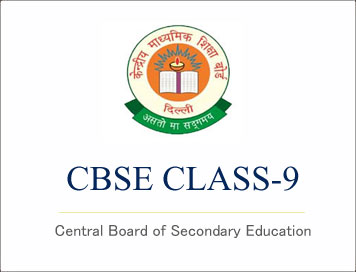
CBSE Class-9 Syllabus 2017-18
Subject: Painting
Learning outcomes / Objectives :
Students opting painting as an additional subject are able to :
• Develop their aesthetic sence.
• Appreciate the beauty in lines, forms and colours.
• Understand the fundamentals of Visual Arts. (Elements and Principles) ability to apply them to a specific aesthetic intent.
• Get the knowledge and skills in the use of basic tools, medium and techniques required to works from concept to finished product.
• Develop memory and observation power through the study / exercise in still life and painting composition.
• Develop their mental faculties for proper maintenance and arrangements of things in their painting practicals as well as in their life.
i. Still life study Study of a group of two or three arranged object from a fixed point of view in colours. Group may include, vegetables, foliage and objects of daily use.
ii. Simple composition based on any one form of folk Art / Tribal Art such as Madhubani, Warli, Alpana, Rangoli, Mandarna etc.
iii. Sketches from life and nature in pencil and Ink.
iv. Submission of portfolio consisting of five selected works done during the year. Marking Scheme 100 Marks
i. (a) Accurate drawing with proper composition of objects. (20)
(b) Compositional arrangement with due emphasis on the subject matter. (20)
ii. Treatment of media (colours) with an appropriate colour scheme in still life one
panting composition. (10)
iii. Originality, Creativity and overall impression (10)
iv. Sketches from life and nature in pencil and ink. (20)
v. Submission of part-folio consisting of 10 selected works done during the year.
(5 still-life and 5 painting-composition) (20)
Courtesy: CBSE